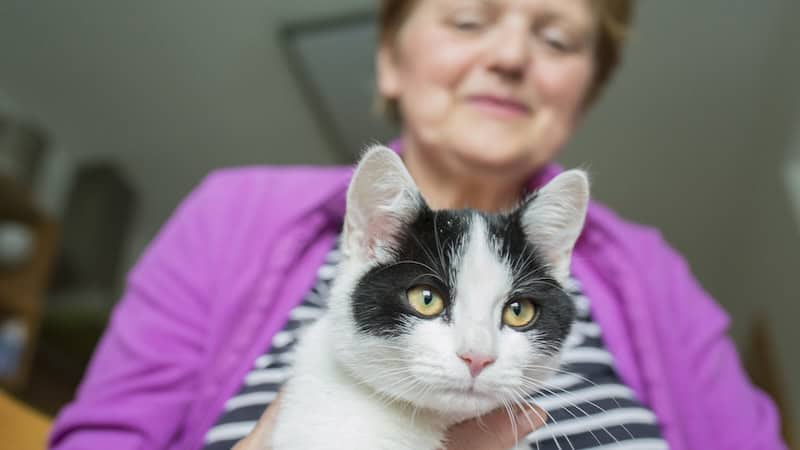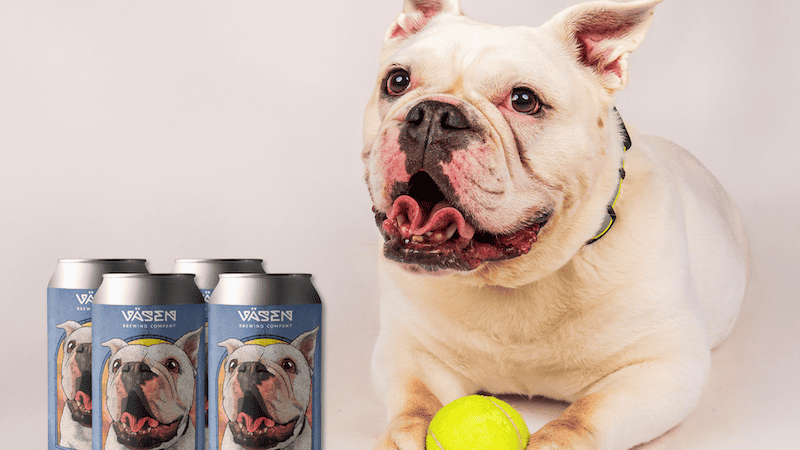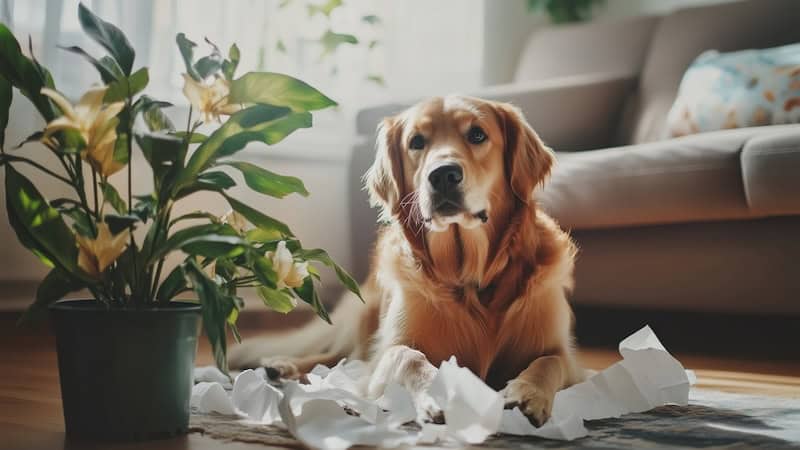Managing a doberman who is obsessive – and aggressive – regarding a toy
Plus advice from Amy on a nipping kitty and a nervous, drooling dog
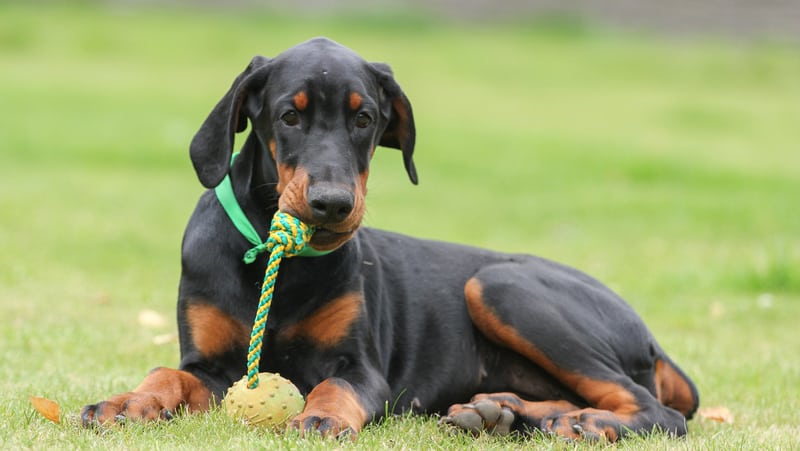
Pet advisor Cathy M. Rosenthal addresses a dog who guards his toy – obsessively and even aggressively – a nipping kitty, and a nervous, drooling dog.
Dear Cathy,
About six months ago, we adopted a purebred, 4-year-old red, floppy-eared male Doberman pinscher. He normally is a big goofball, but we bought him some stuffed dog toys to play with and it somehow totally changed his behavior. He always keeps the toy with him, carrying it wherever he goes. He won’t eat, drink, or go outside without it, and is totally distant to us. He will not come to us for a pat on the head or let us get near the toy. He actually growls and sometimes snaps if he perceives we are trying to get it from him. On the few occasions where we have tricked him and gotten it back, he immediately reverts to his old affectionate and goofy self. Is there a reason for this behavior?
Also, we adopted him for companionship and protection for my wife, but he has become a “daddy’s boy” and does not show her the level of affection we had hoped for. She is the one who feeds him and gives him treats in an effort to increase his attention to her, but he still focuses most of his loyalty to me. Any way to redirect his attention to her?
– Gary, Las Vegas, Nevada
Dear Gary,
It’s not uncommon for a dog to get attached to a toy. Sometimes, it’s because they have a lot of pent-up energy; sometimes, they are possessive and obsessive of their things; and sometimes, we just don’t know. Since he is getting aggressive about it, it needs to be addressed.
Give him a toy for a limited time only, and then get the toy back and put it away where he can’t see it. To get the toy back, ask him to “drop it” while offering a high-value treat, like a piece of hot dog. He should drop the toy in order to take the “better” option. Be sure to toss the hot dog away from the toy so he has to go after it and doesn’t see you taking the toy. Then redirect him by having your wife play a game with him, walk him, or train him. The increased mental and physical activity can help rework his brain as well as improve their relationship.
If there’s no improvement with the toy problem after a few weeks, consult a behaviorist who can observe and make further recommendations.
Travel with Dogs: Trips Tips for Trains, Planes, and Automobiles
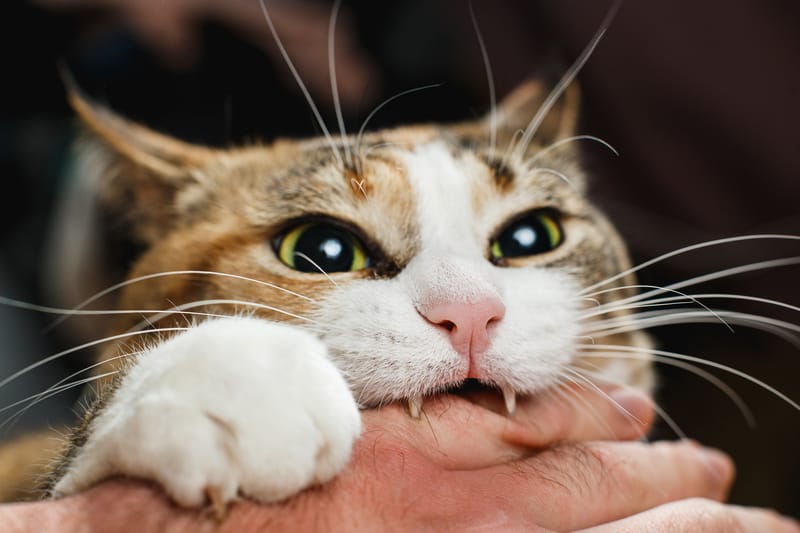 Dear Cathy,
Dear Cathy,
We adopted a 1-year-old old male neutered rescue cat. He is active, friendly, and a fun cat to have in our house. He will often roll onto his back exposing his belly when he wants to be petted. However, he will nip at our fingers. We know this is a part of how kittens play, but what else can we do to stop this biting behavior? Currently, we disengage as soon as he starts.
– Gary, Plainview, New York
Dear Gary,
Disengaging from him is a good start. The other is to never play with a kitten or cat with your bare hands. Even if your cat wants to be petted, petting the belly always results in the cat grabbing a hand with their claws or their mouth. Instead, use a toy, like a stuffed sock, to play with him so that he can exhibit normal cat behaviors by grabbing and biting the sock. You can use the sock, a back scratcher, or long-handled comb or brush to pet him, if you want. Just don’t use your hands.
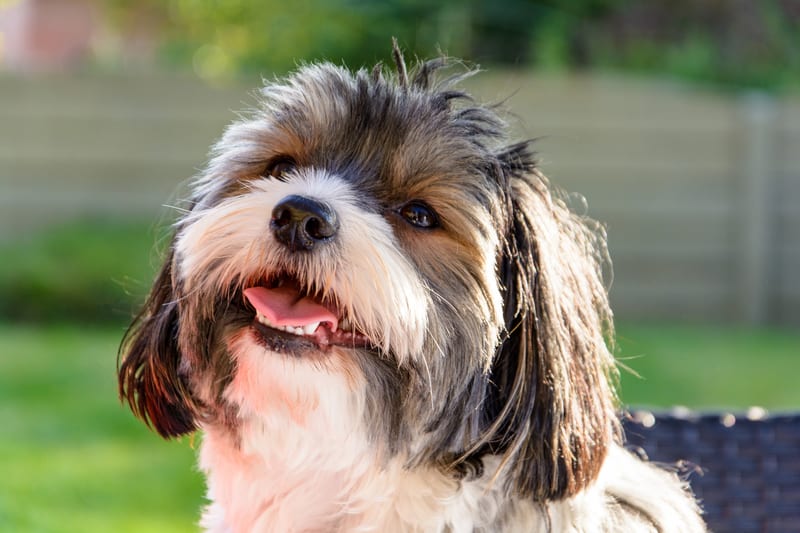 Dear Cathy,
Dear Cathy,
I have a two-year-old Biewer terrier. I live in a high rise. Whenever I take her for walks, she drools excessively. The vet feels it is anxiety related. I would like to take her out more to be more social, but I end up covered in drool as she shakes her head to get rid of it. Can you make any suggestions to help with this?
– Bobbi, Fort Lauderdale, Florida
Dear Bobbi,
Shaking one’s head, yawning, drooling, and licking excessively are signs of stress for a dog. Talk to your veterinarian about giving her an anti-anxiety medication or explore the over-the-counter natural calming chews and anti-anxiety products available for dogs. Get a canine pheromone collar, and maybe an Anxiety Wrap or Thundershirt that she can wear during her walks. Start with one thing and add new strategies until you find the solution or the right combination of solutions for her.
During her walks or other stressful situations, ask her periodically to “sit” or “down.” Familiar obedience commands can help refocus her attention. If you can tackle the anxiety, the drooling should stop.
Cathy M. Rosenthal is a longtime animal advocate, author, columnist, and pet expert who has more than 25 years in the animal welfare field. Send your pet questions, stories, and tips to cathy@petpundit.com. Please include your name, city, and state. You can follow her @cathymrosenthal.
© Tribune Content Agency, LLC
Products linked from Boomer to Amazon have been vetted and recommended. As an Amazon Associate, Boomer Magazine earns from qualifying purchases of linked products.
